(434) Stone spirits at G. Shrine (1)
文字数 4,141文字
Goshokomagataki Shrine (五所駒瀧神社) in Sakuragawa City (桜川市)is said to have been built in 1014. The oldest building that still exists within the precincts is the main hall, which was rebuilt in 1704 by Masubuchi Seibei (増渕清兵衛) of Kojo village (古城村). There is also a chozubachi made in 1676 and a stone lantern made in 1705.
※ ”Chozubachi” refers to a container filled with water for purifying oneself in front of a shrine or a temple.
From July 23rd to 26th, the Makabe Gion Festival(真壁祇園祭), which has a 400-year old history, is held at this shrine.
This festival was designated as a national intangible folk cultural property in 1986. Thanks to this designation, they are able to leave a record of the “Festivals at Goshokomagataki Shrine'' for posterity.
On August 31st, the Kattate Festival (かったて祭り) is held where shrine parishioners(氏子) dedicate a sacred fire to Fuji Sengen Shrine on Mt. Gongen to pray for a rich harvest.
We went to the shrine because it is a famous place for autumn leaves. Unfortunately, dogs were not allowed inside the shrine grounds, so I was carried by Mom and admired the autumn leaves for a little while.
Ducks for farming rice live around this shrine.
And at this shrine, shrine rice made using ducks for farming is sold at an unmanned stand.
※”Duck farming” is an organic farming method in which ducks are released into rice fields to eat pests and weeds, and grow rice together. So, farmers grow rice without pesticides or fertilizers.
The ducks sometimes enter the shrine grounds.
Sakuragawa City (former Makabe Town) is known as the production area of Makabe stone, which was used for the Bank of Japan's head office, the guesthouse of the former Akasaka Imperial Palace, the curbs of the Imperial Palace. and so on.
In June 2005, the mascot character of the Makabe district of Sakuragawa City, the stone spirit "Ishio-san" was born.
This mascot was created as part of the ”Ishiku no Misegura'' industry-academia collaboration project between the stone craftsmen of Makabe stone and the University of Tsukuba.
Nomiyama Makiko, a graduate student in Tsukuba at the time, designed it with an image of a stone spirit, and craftsman named Aida Masashi created it.
(※Ishiku refers to a craftsman who cuts and crafts stone.)
In 2010, "Ishio-san" won first place out of 50 registered characters in the "Nationwide Local Mascot Japan Best Contest" held by Big Lobe Search.
Approximately 70 "Ishio-san" statues have been built so far. They made Ishio-san costumes and original steamed buns as well.
Stone spirits, including “Ishio-san,'' are scattered throughout the grounds of Goshokomagataki Shrine.
I think this is the only shrine in Japan where stone spirits live.
In this chapter, I'll introduce autumn leaves, and in the next chapter, I'll introduce stone spirits.
In addition, I’ll also show you the autumn leaves of Gassanji Temple and Yakuoji Temple in Sakuragawa City.
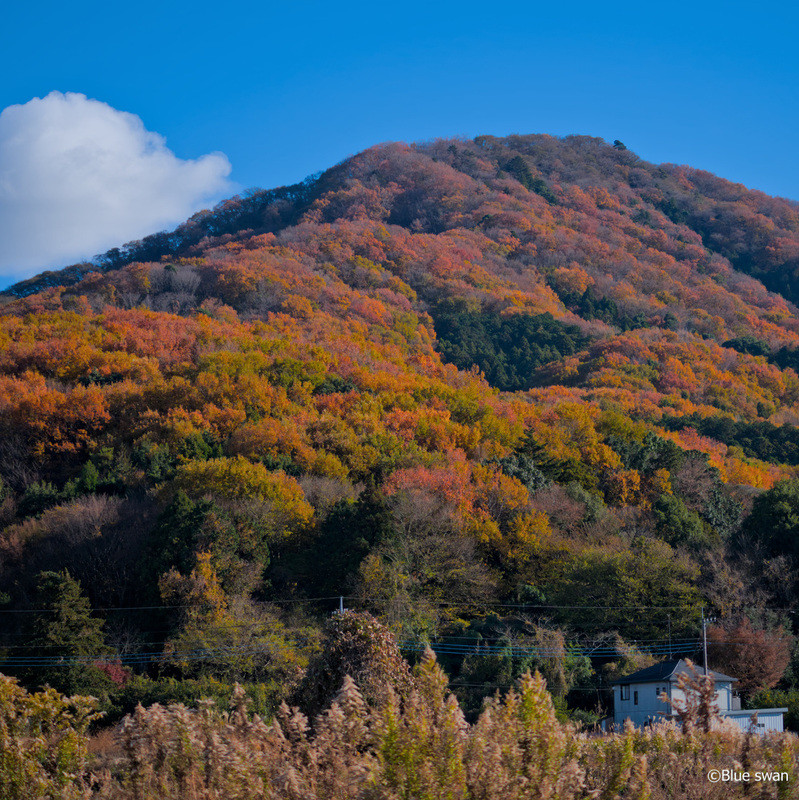
① We’re approaching Goshokomagataki Shrine, which is located between Mt. Tsukuba and Mt. Kaba.
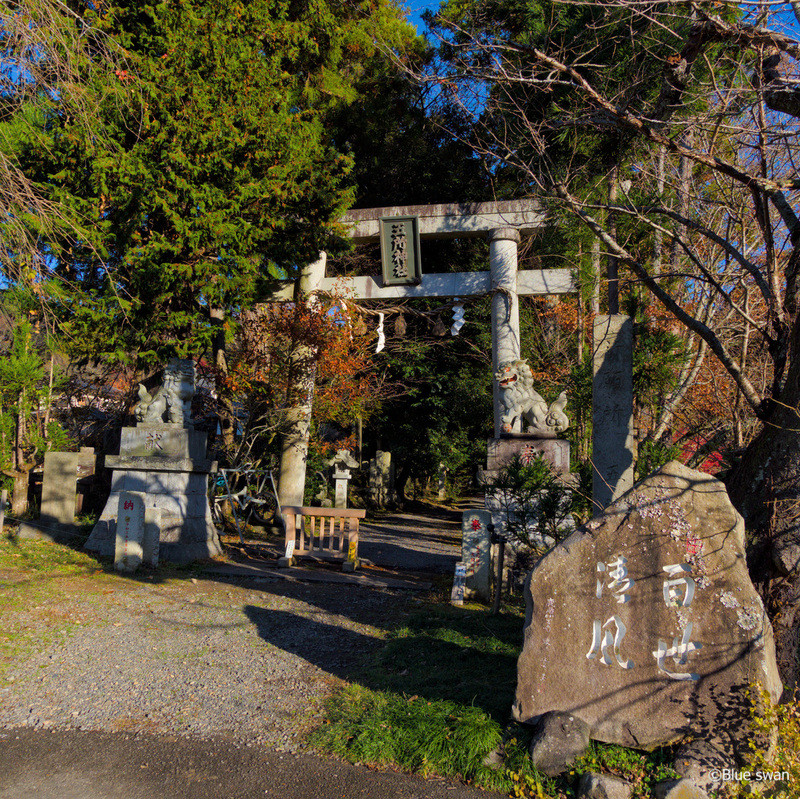
② The first torii gate has come into view.
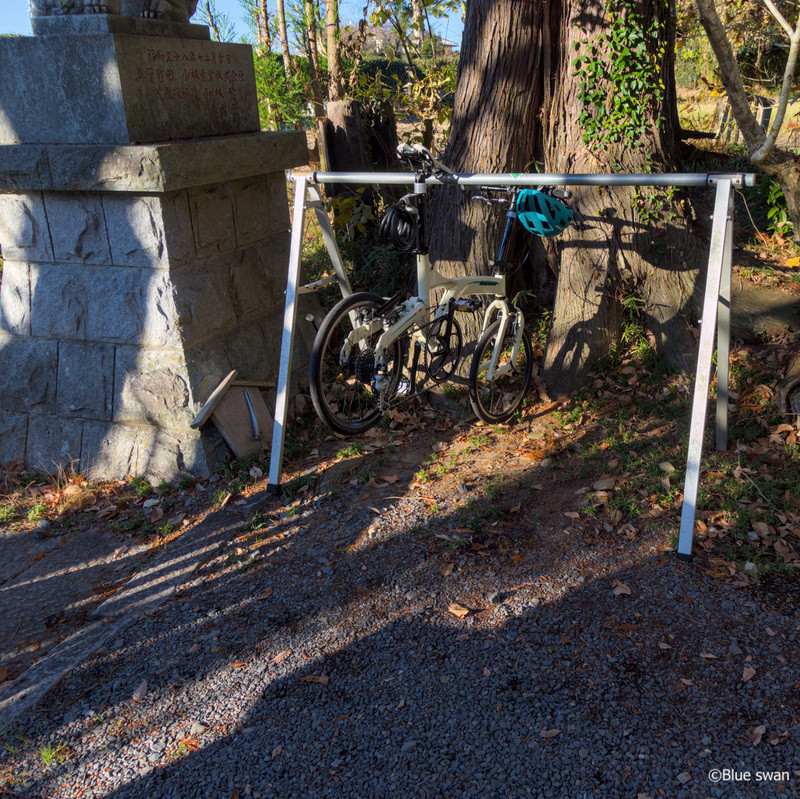
③ There is a bike rack near the first torii gate.
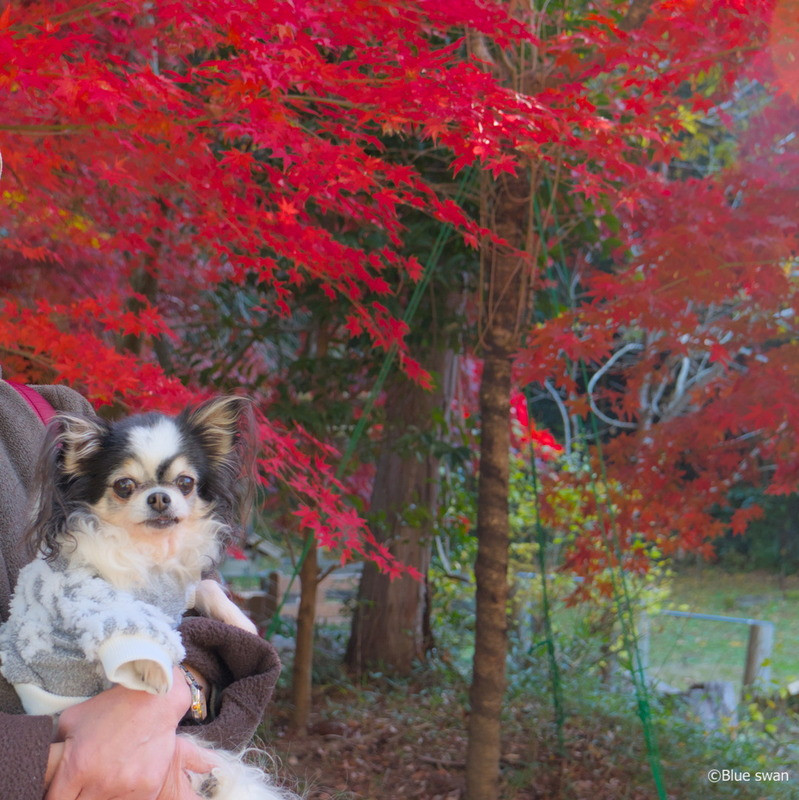
④ These are autumn leaves near the first torii gate.
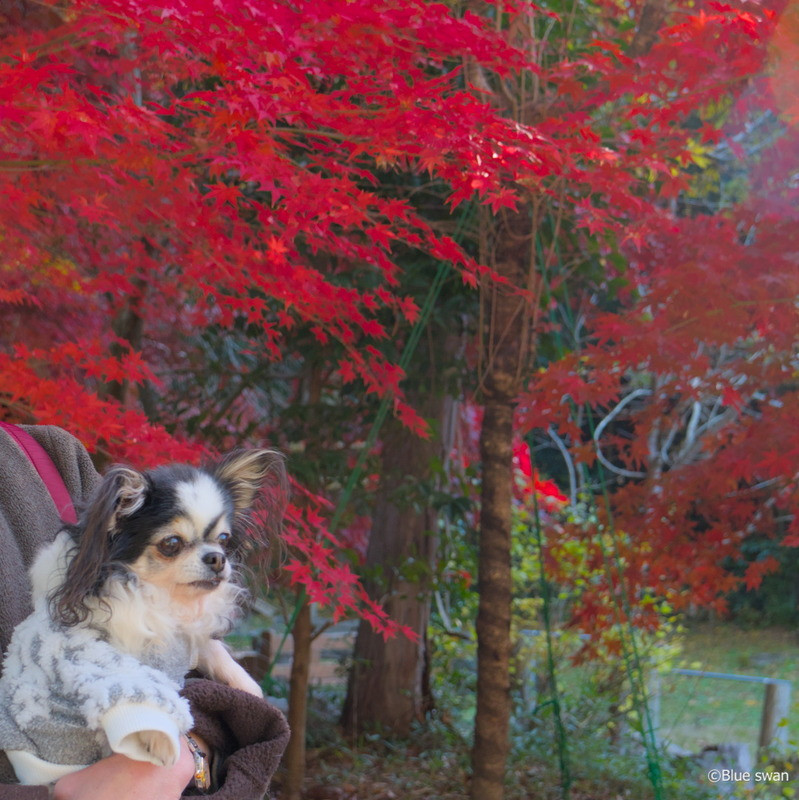
⑤ These are autumn leaves near the first torii gate.
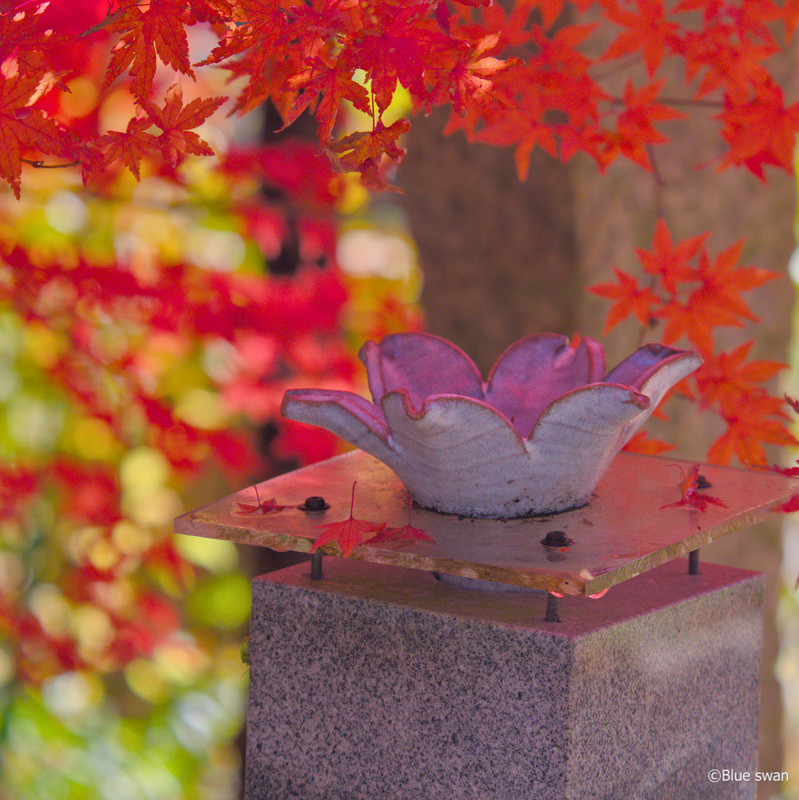
⑥ There is a small flowerpot.
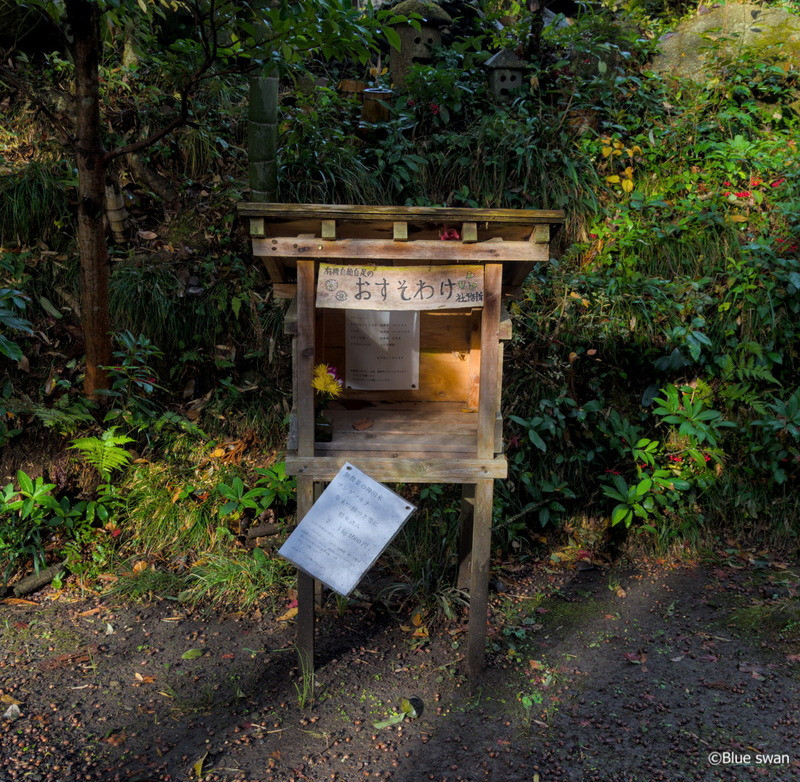
⑦ This is an unmanned sales stand.
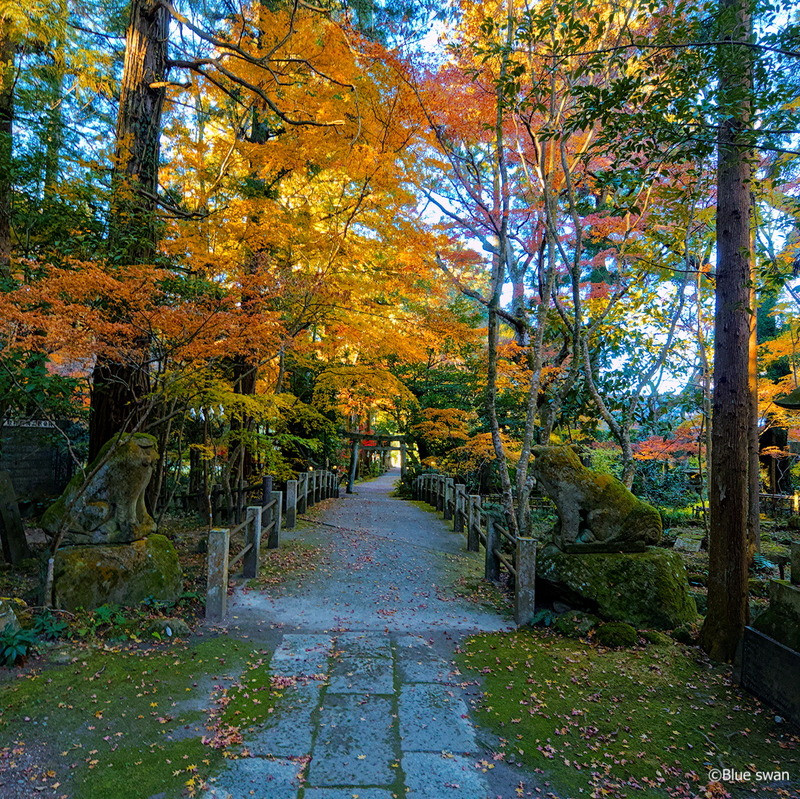
⑧ This is the scenery I looked back on after passing the second torii gate.
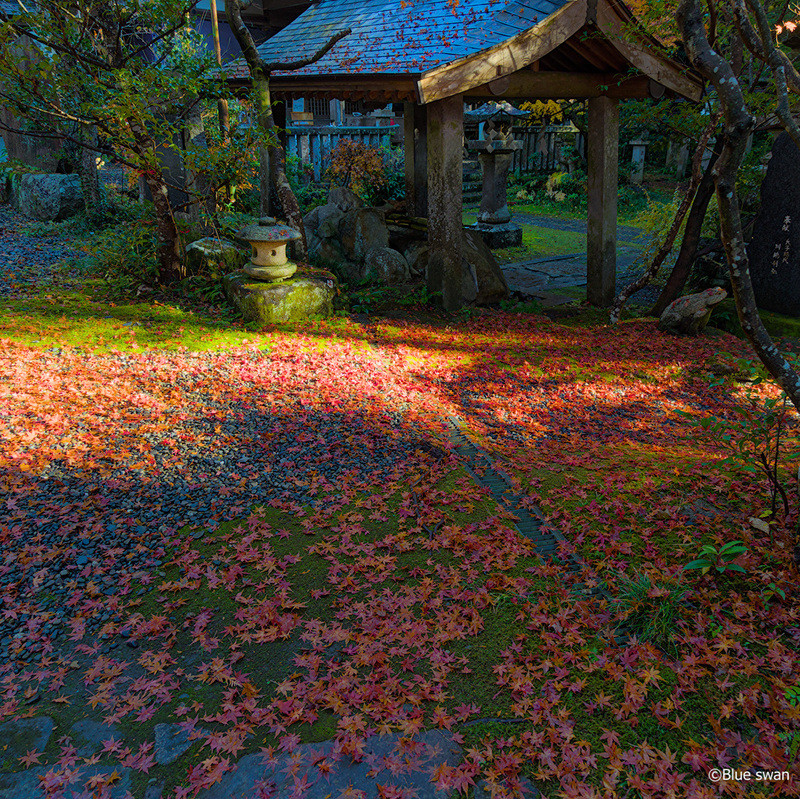
⑨ This is the chozuya (手水舎) with a wash basin made in 1676.
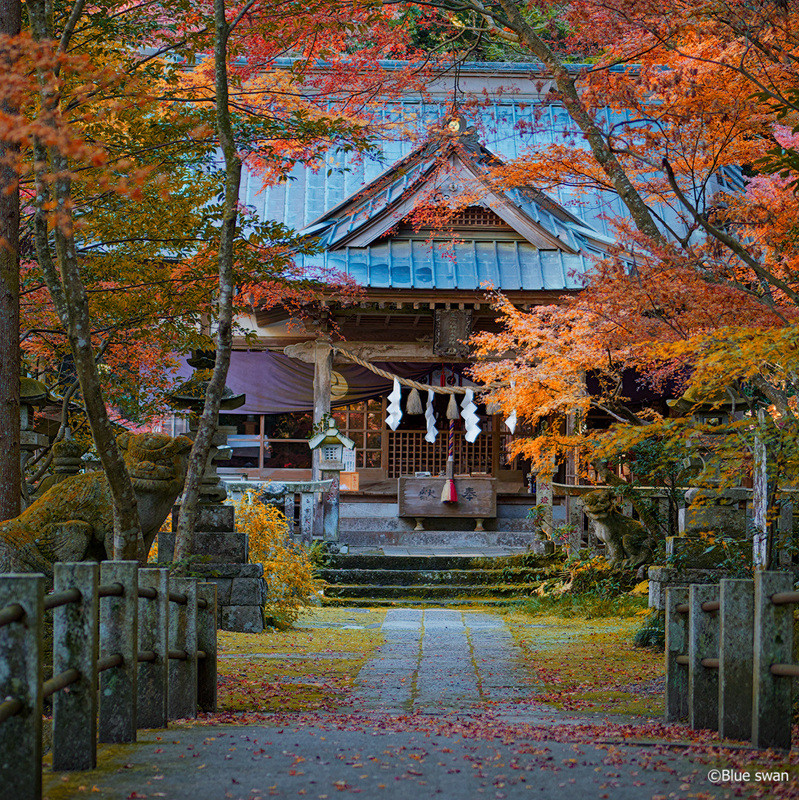
⑩ This is the worship hall.
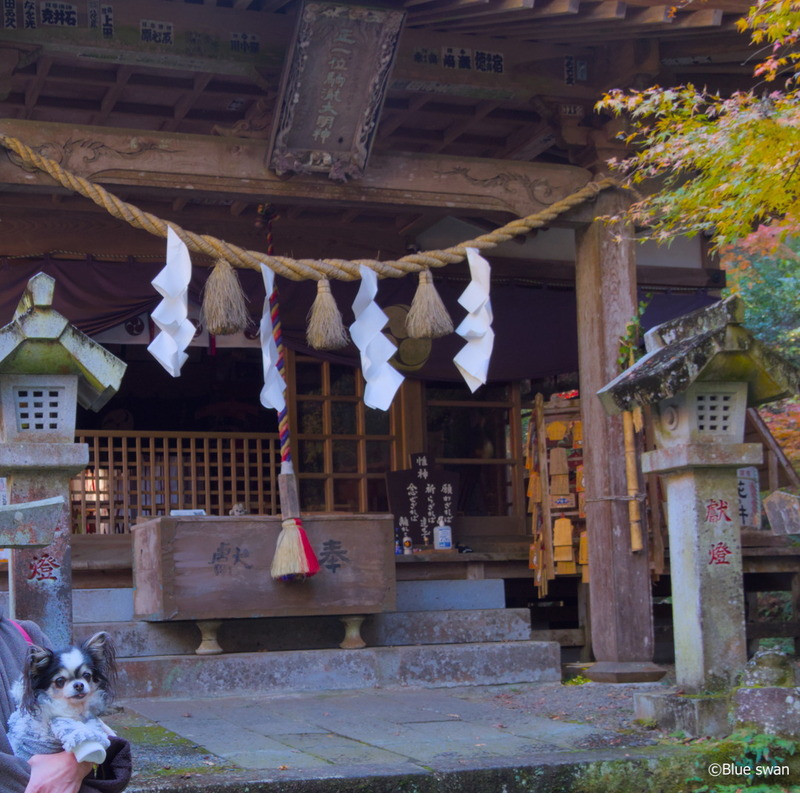
⑪ I am in front of the worship hall.
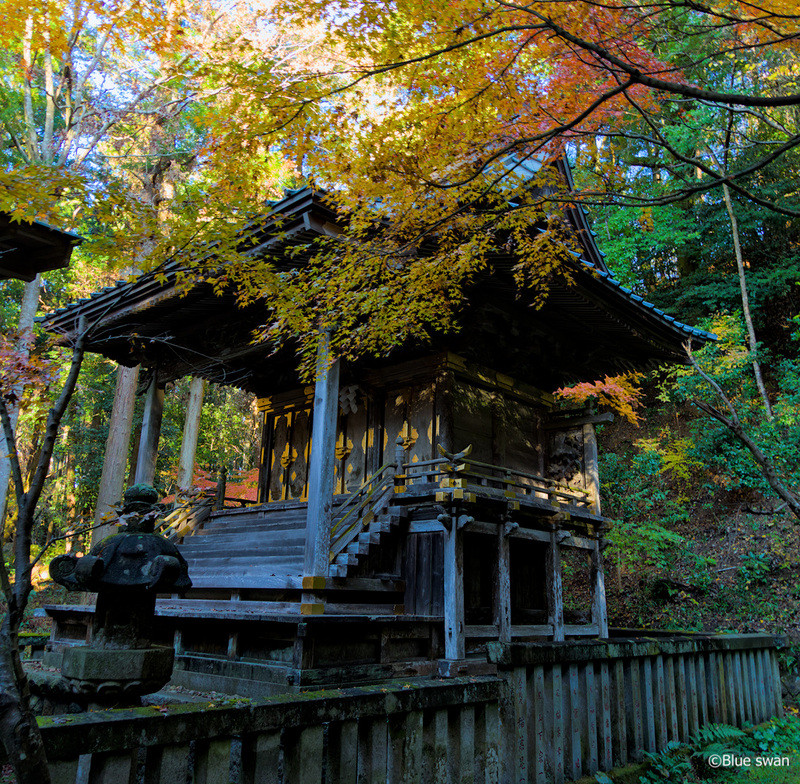
⑫ The main shrine was rebuilt in 1704.

⑬ I am in front of the main shrine.

⑭ Someone had placed a few chestnuts on the railing.
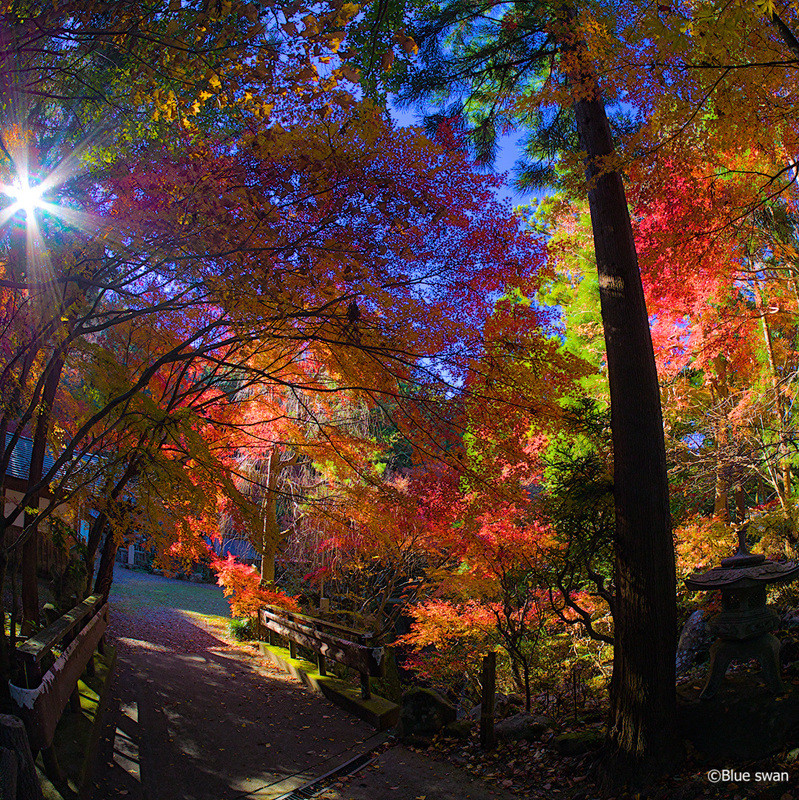
⑮ These are autumn leaves.
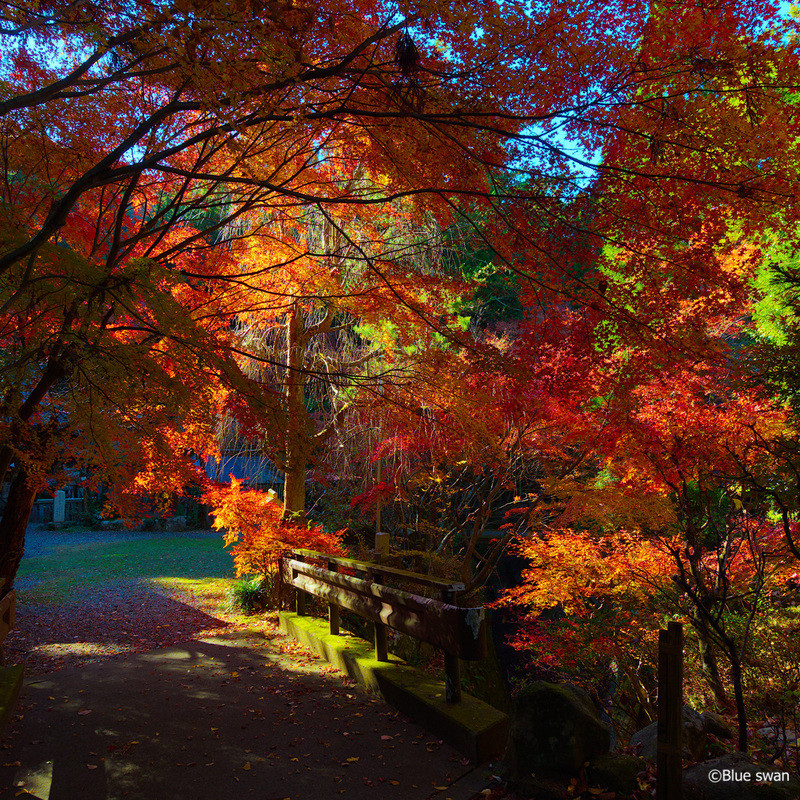
⑯ These are autumn leaves.

⑰ These are autumn leaves.
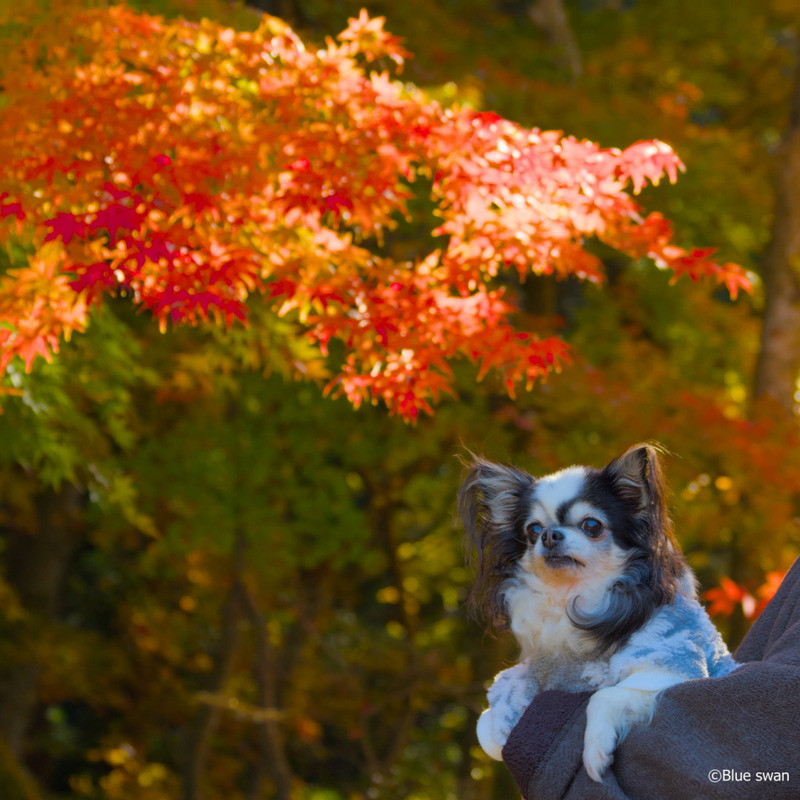
⑱ I'm looking at the autumn leaves.
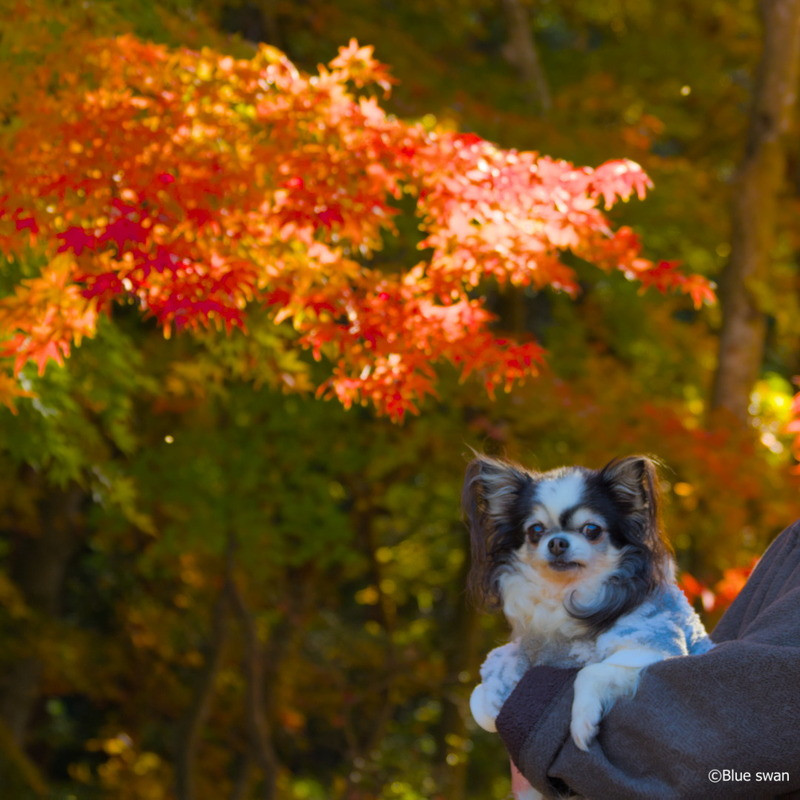
⑲ I'm looking at the autumn leaves.
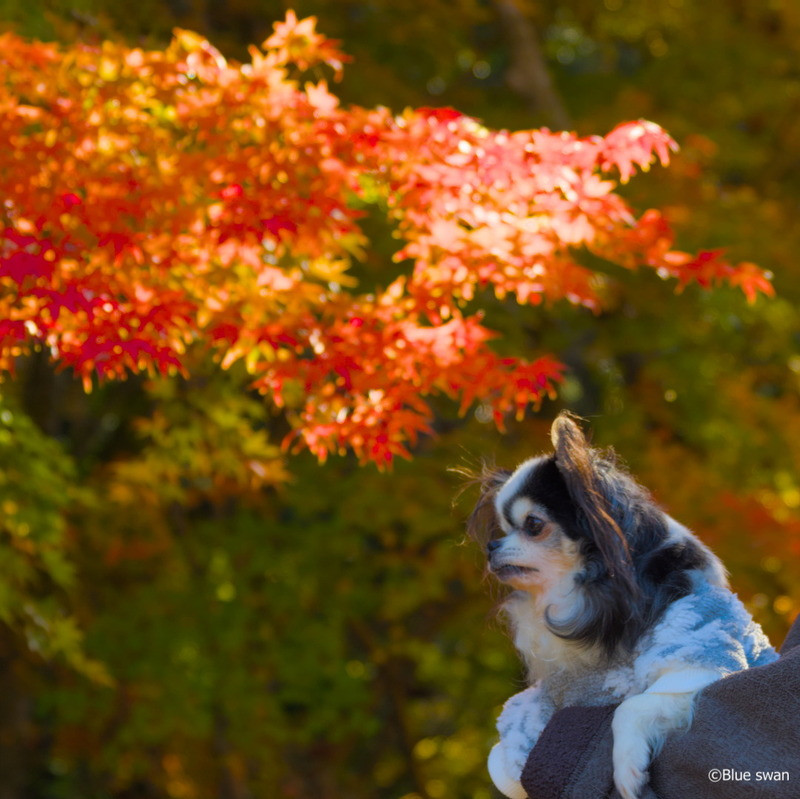
⑳ How beautiful!
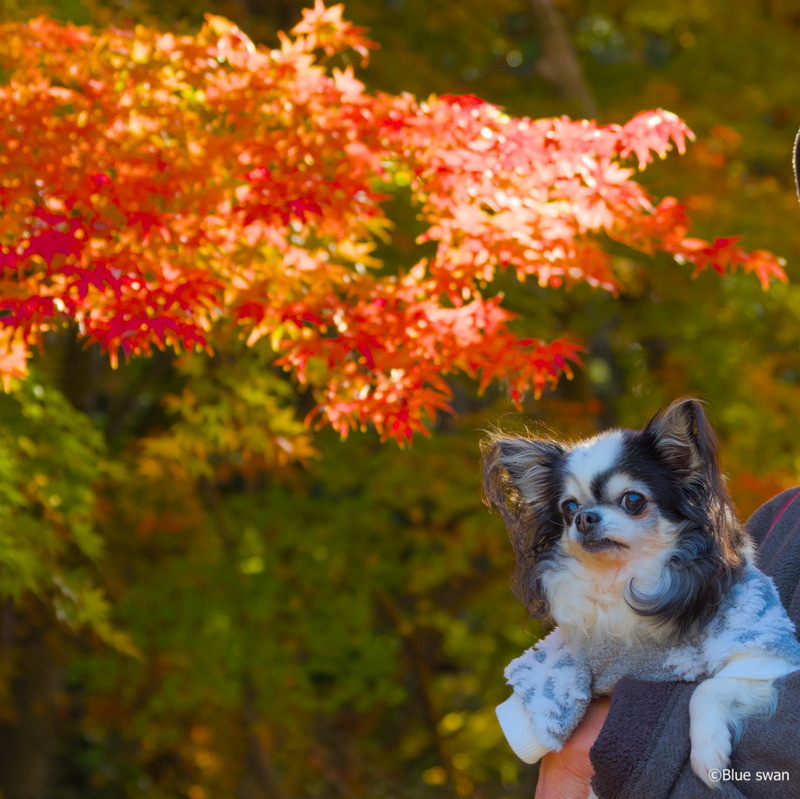
㉑ How beautiful!
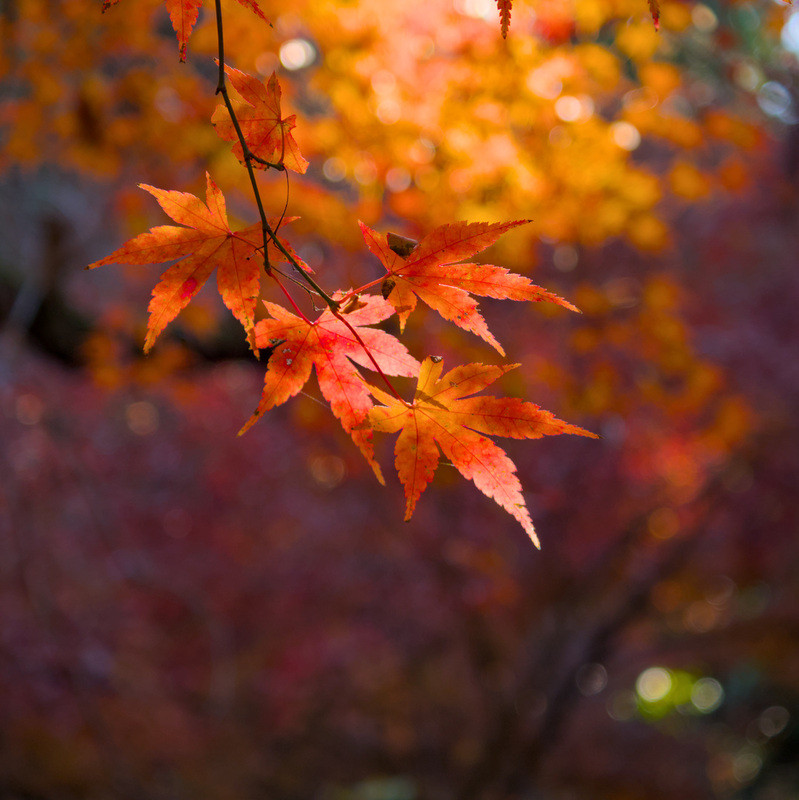
㉒ How beautiful!
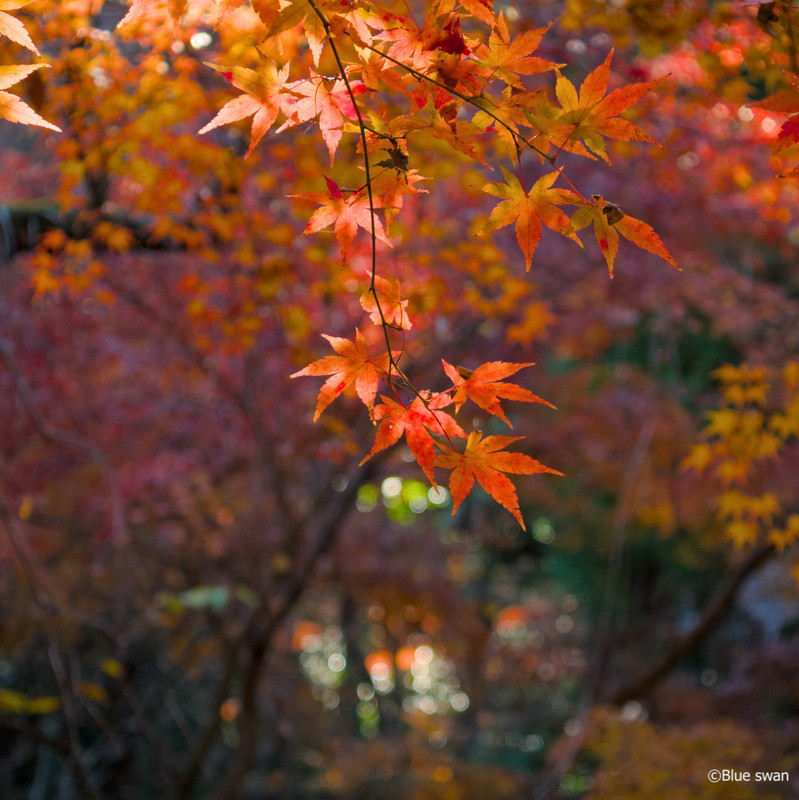
㉓ How beautiful!

㉔ How beautiful!
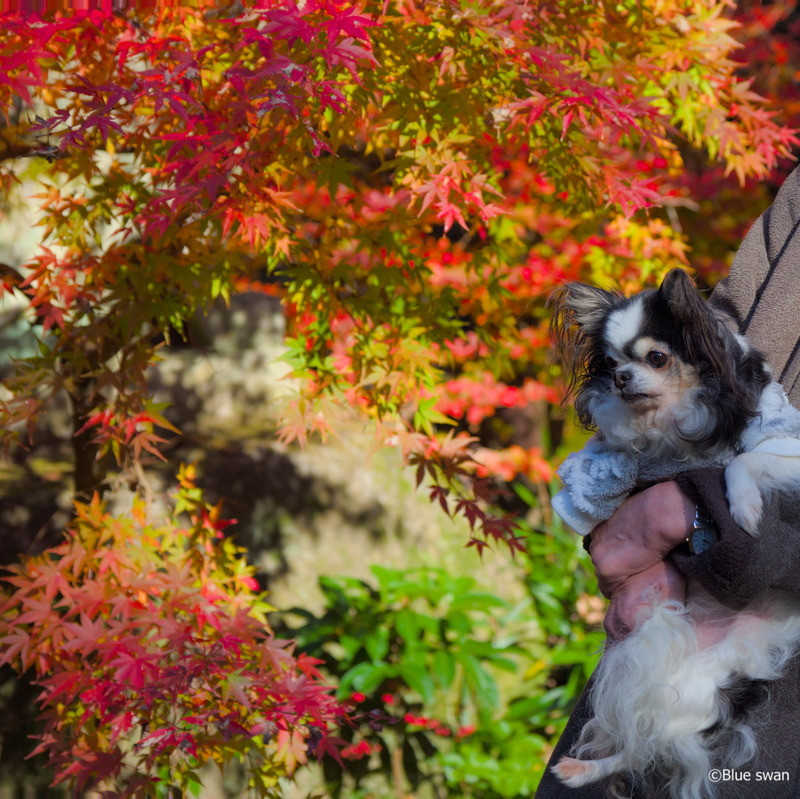
㉕ I'm looking at the autumn leaves.
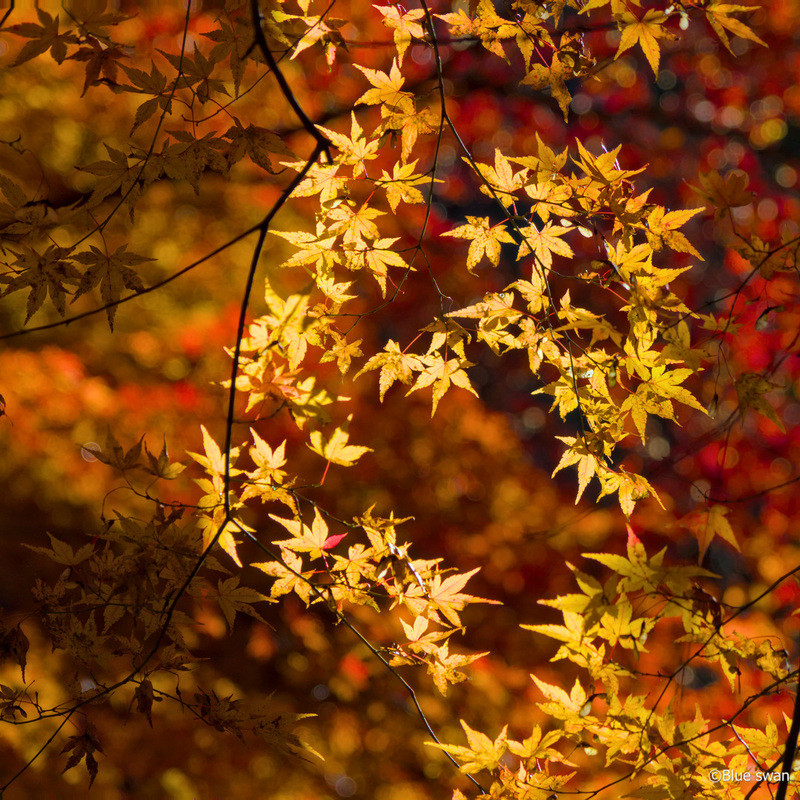
㉖ These are autumn leaves.
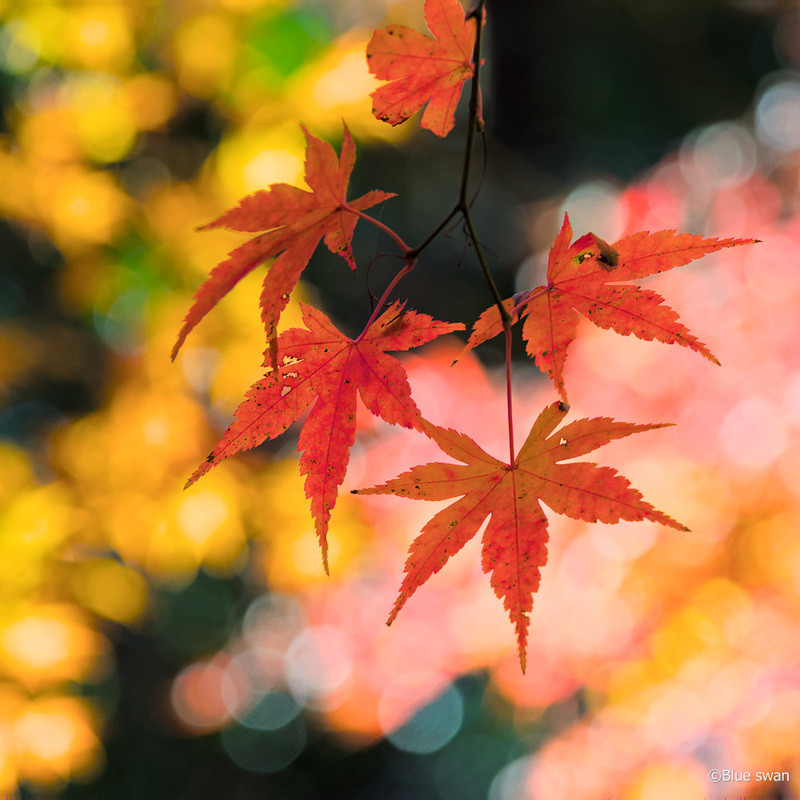
㉗ These are autumn leaves.
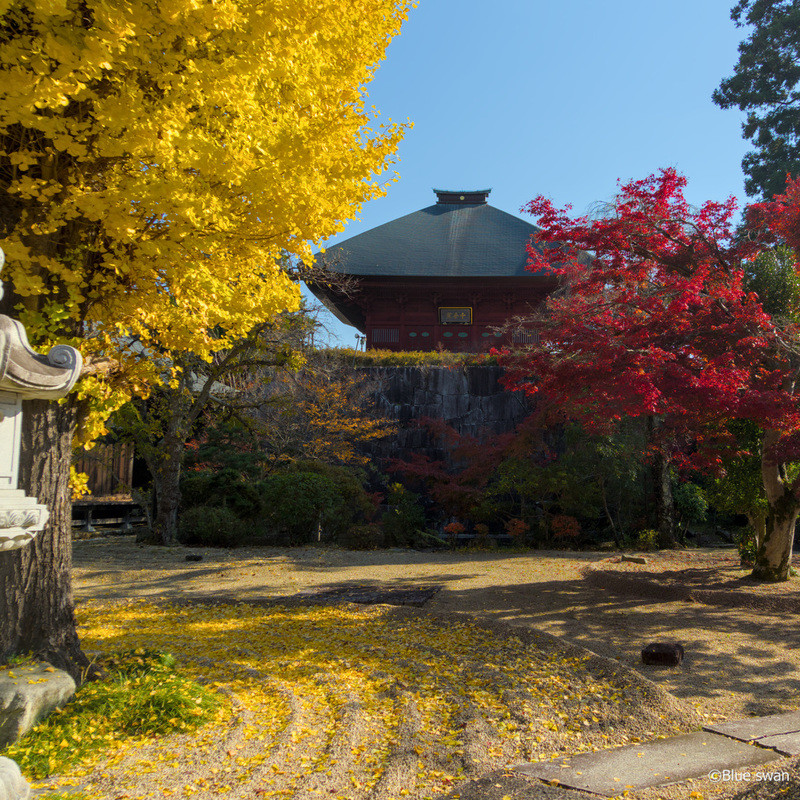
㉘ P.S. These are autumn leaves at Gassanji Temple.
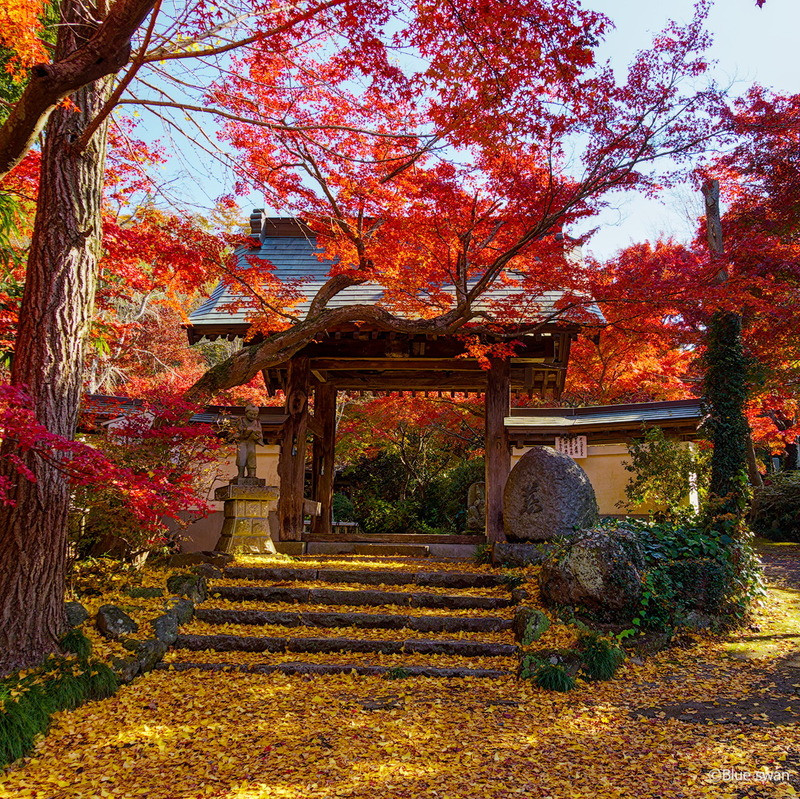
㉙ P.S. These are autumn leaves at Yakuoji Temple.
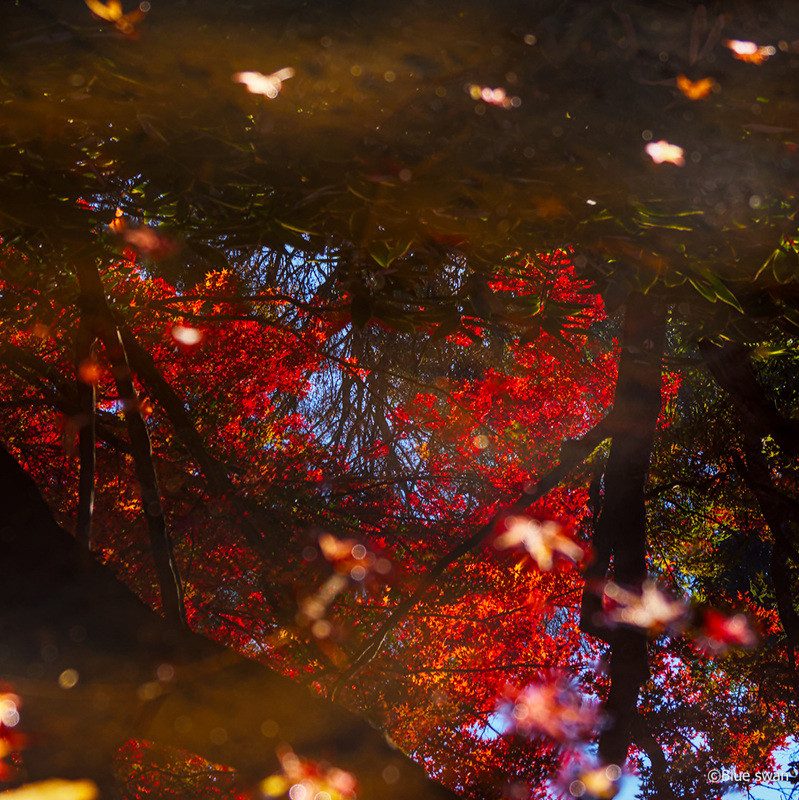
㉚ P.S. These are autumn leaves reflected in the pond of Yakuoji Temple.
※ ”Chozubachi” refers to a container filled with water for purifying oneself in front of a shrine or a temple.
From July 23rd to 26th, the Makabe Gion Festival(真壁祇園祭), which has a 400-year old history, is held at this shrine.
This festival was designated as a national intangible folk cultural property in 1986. Thanks to this designation, they are able to leave a record of the “Festivals at Goshokomagataki Shrine'' for posterity.
On August 31st, the Kattate Festival (かったて祭り) is held where shrine parishioners(氏子) dedicate a sacred fire to Fuji Sengen Shrine on Mt. Gongen to pray for a rich harvest.
We went to the shrine because it is a famous place for autumn leaves. Unfortunately, dogs were not allowed inside the shrine grounds, so I was carried by Mom and admired the autumn leaves for a little while.
Ducks for farming rice live around this shrine.
And at this shrine, shrine rice made using ducks for farming is sold at an unmanned stand.
※”Duck farming” is an organic farming method in which ducks are released into rice fields to eat pests and weeds, and grow rice together. So, farmers grow rice without pesticides or fertilizers.
The ducks sometimes enter the shrine grounds.
Sakuragawa City (former Makabe Town) is known as the production area of Makabe stone, which was used for the Bank of Japan's head office, the guesthouse of the former Akasaka Imperial Palace, the curbs of the Imperial Palace. and so on.
In June 2005, the mascot character of the Makabe district of Sakuragawa City, the stone spirit "Ishio-san" was born.
This mascot was created as part of the ”Ishiku no Misegura'' industry-academia collaboration project between the stone craftsmen of Makabe stone and the University of Tsukuba.
Nomiyama Makiko, a graduate student in Tsukuba at the time, designed it with an image of a stone spirit, and craftsman named Aida Masashi created it.
(※Ishiku refers to a craftsman who cuts and crafts stone.)
In 2010, "Ishio-san" won first place out of 50 registered characters in the "Nationwide Local Mascot Japan Best Contest" held by Big Lobe Search.
Approximately 70 "Ishio-san" statues have been built so far. They made Ishio-san costumes and original steamed buns as well.
Stone spirits, including “Ishio-san,'' are scattered throughout the grounds of Goshokomagataki Shrine.
I think this is the only shrine in Japan where stone spirits live.
In this chapter, I'll introduce autumn leaves, and in the next chapter, I'll introduce stone spirits.
In addition, I’ll also show you the autumn leaves of Gassanji Temple and Yakuoji Temple in Sakuragawa City.

① We’re approaching Goshokomagataki Shrine, which is located between Mt. Tsukuba and Mt. Kaba.

② The first torii gate has come into view.

③ There is a bike rack near the first torii gate.

④ These are autumn leaves near the first torii gate.

⑤ These are autumn leaves near the first torii gate.

⑥ There is a small flowerpot.

⑦ This is an unmanned sales stand.

⑧ This is the scenery I looked back on after passing the second torii gate.

⑨ This is the chozuya (手水舎) with a wash basin made in 1676.

⑩ This is the worship hall.

⑪ I am in front of the worship hall.

⑫ The main shrine was rebuilt in 1704.

⑬ I am in front of the main shrine.

⑭ Someone had placed a few chestnuts on the railing.

⑮ These are autumn leaves.

⑯ These are autumn leaves.

⑰ These are autumn leaves.

⑱ I'm looking at the autumn leaves.

⑲ I'm looking at the autumn leaves.

⑳ How beautiful!

㉑ How beautiful!

㉒ How beautiful!

㉓ How beautiful!

㉔ How beautiful!

㉕ I'm looking at the autumn leaves.

㉖ These are autumn leaves.

㉗ These are autumn leaves.

㉘ P.S. These are autumn leaves at Gassanji Temple.

㉙ P.S. These are autumn leaves at Yakuoji Temple.

㉚ P.S. These are autumn leaves reflected in the pond of Yakuoji Temple.
